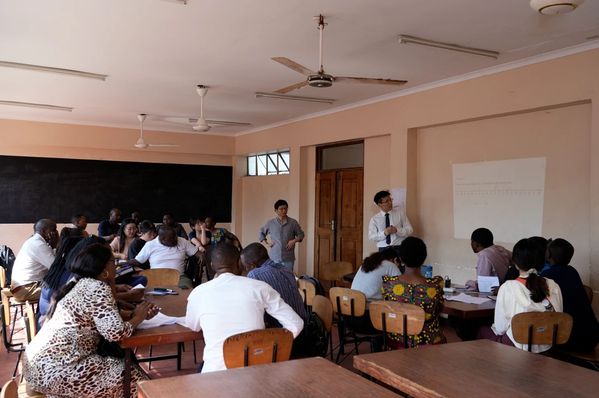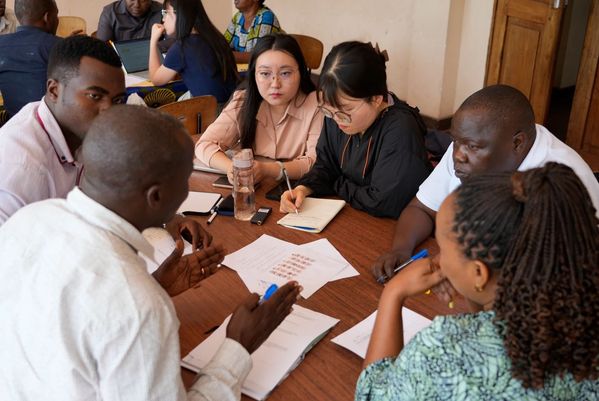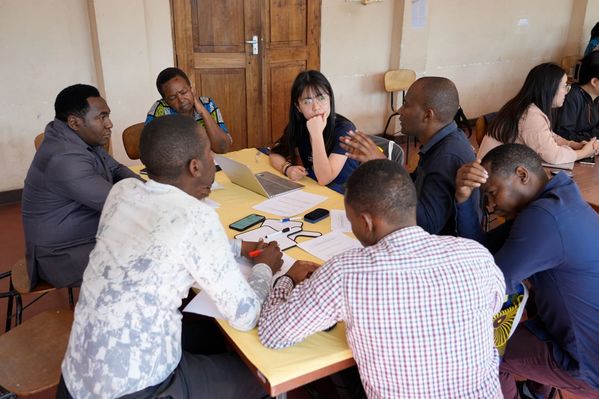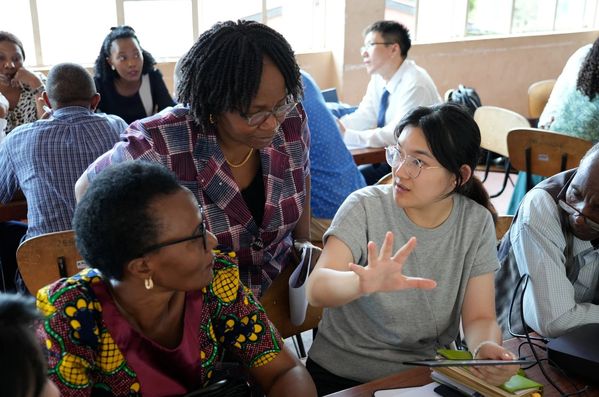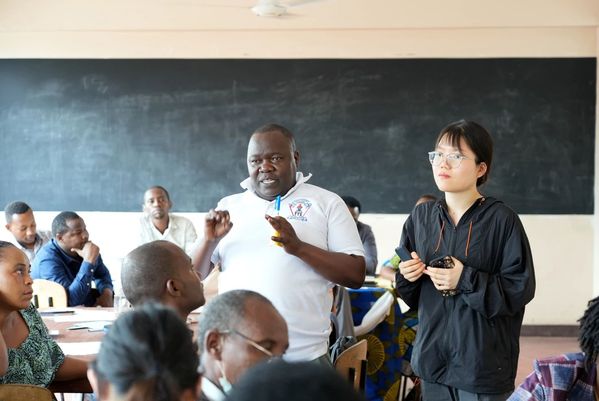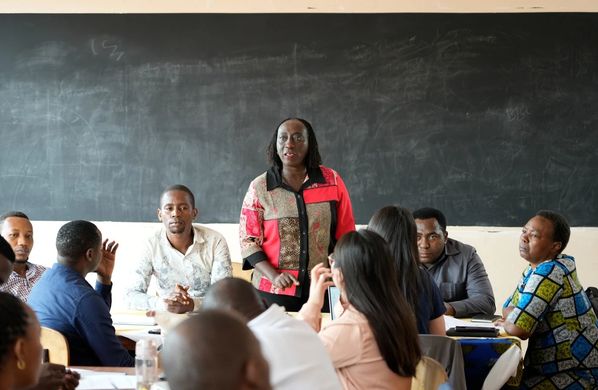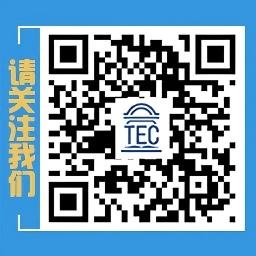In the early hours of July 15, 2024, the International STEM Education Volunteer Group (hereinafter referred to as the Volunteer Group) from the UNESCO Teacher Education Centre (TEC) assembled at Terminal 2 of Shanghai Pudong International Airport, ready for departure. After approximately 13 hours of flight, they finally arrived in Tanzania, the dazzling Pearl of East Africa.
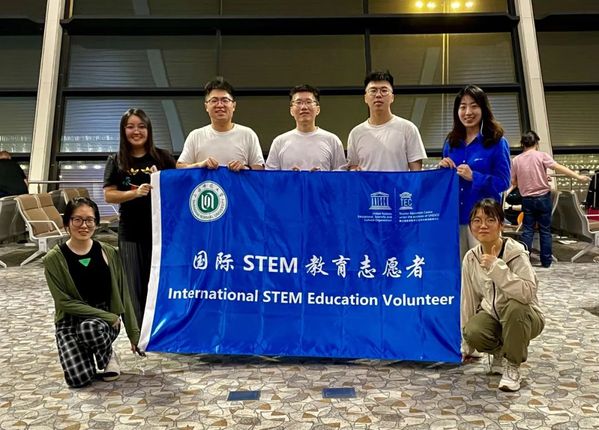
Members of the team assembled in Shanghai, from left to right, are: Dr. Ding Ruoxi, Coordinator of the China-Tanzania Mathematics Teacher Professional Development Project; Teacher Cheng Yijun, Mathematics Teacher from Shanghai Yangjing Juyuan Experimental School; Teacher Wang Hao, Technical Expert; Dr. Shen Yihua, STEM Education Expert of the Project; Hu Qi, PhD Candidate at Shanghai Normal University; Teacher Zhang Minxue, Mathematics Teacher from the International Department of High School Affiliated to Fudan University; and Cheng Jialei, Master’s Student at Shanghai Normal University. Additionally, Professor Huang Xingfeng, Chief Expert of the Project, together with Zhang Yunji, PhD Candidate at Shanghai Normal University, and Zhu Jiawen, Master’s Student at Shanghai Normal University, joined the main group at the transit point to travel to Tanzania.
After a night of rest, the Volunteer Group visited Diamond Primary School and Olympia Primary School early on July 16 to observe Tanzanian mathematics classes and conduct mathematics teaching research activities. Principals of both schools warmly welcomed the Volunteer Group. Samwel Faraji, a mathematics teacher from Diamond Primary School, taught Drawing Pie Charts and Interpreting Information, while James Haule, a mathematics teacher from Olympia Primary School, delivered a lesson on Multiplication of Mass Units. The quality of these two classes was unanimously recognized by the Shanghai team. In the post-class teaching research activities, Chinese and Tanzanian mathematics teachers conducted detailed discussions and analyses on the mathematical tasks of the two lessons, with teachers from both sides exchanging views freely amid lively discussions.


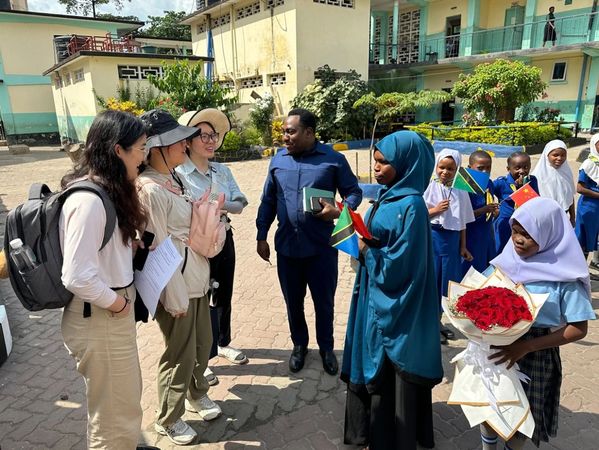

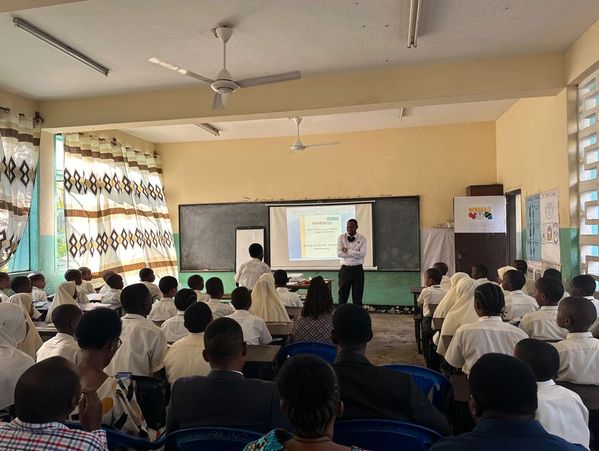
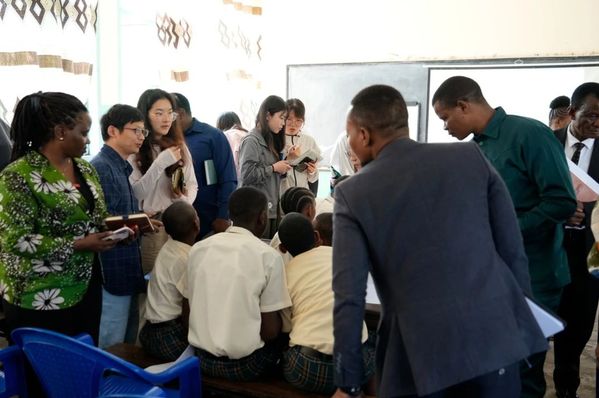
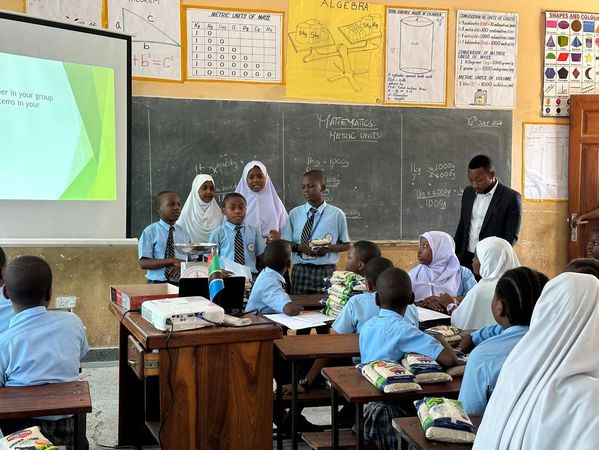

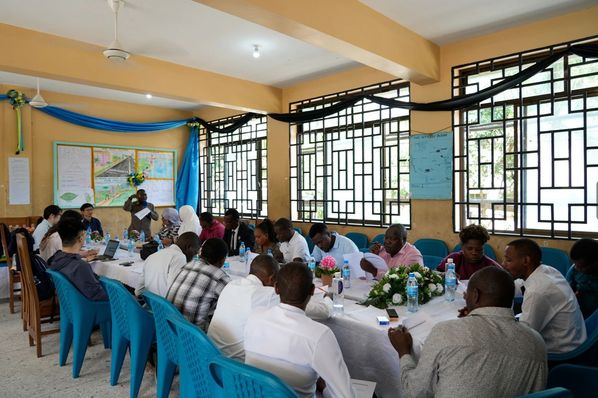
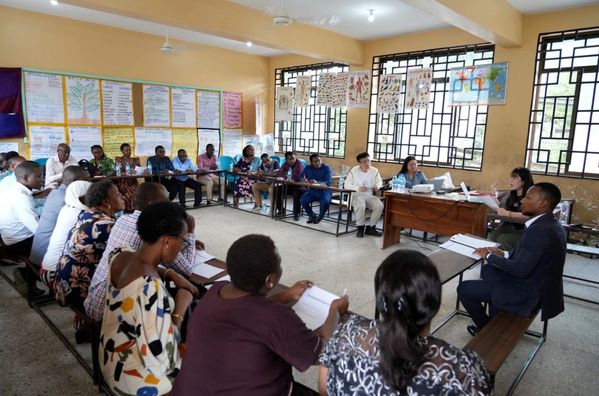
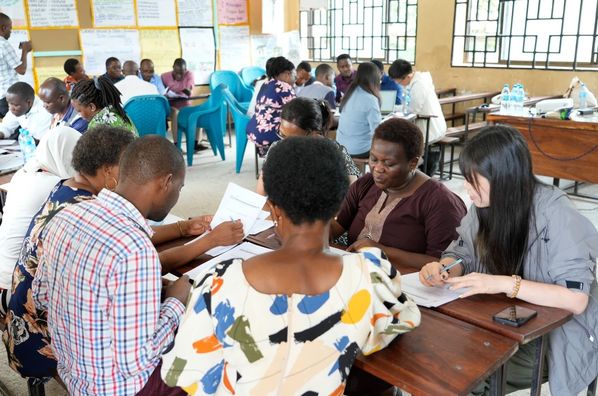
During the teaching research activities, Dr. Ding Ruoxi introduced to the Tanzanian primary and secondary school teachers participating in the exchange the learning content and activity formats designed around the Teaching Research Group (TRG) in the China-Tanzania project. Professor Huang Xingfeng and student Zhu Jiawen jointly introduced Variation Teaching—one of the characteristics of Shanghai’s mathematics teaching—to Tanzanian teachers. By presenting relevant concepts and specific cases, they explained the application of Variation Teaching in actual classrooms in a simple and understandable manner, enabling Tanzanian teachers to gain a more comprehensive and in-depth understanding of this Shanghai mathematics teaching method. Teachers from both sides actively explored and shared their teaching experiences and insights during the interaction, further deepening mutual understanding and collaborative development between Chinese and Tanzanian educators.


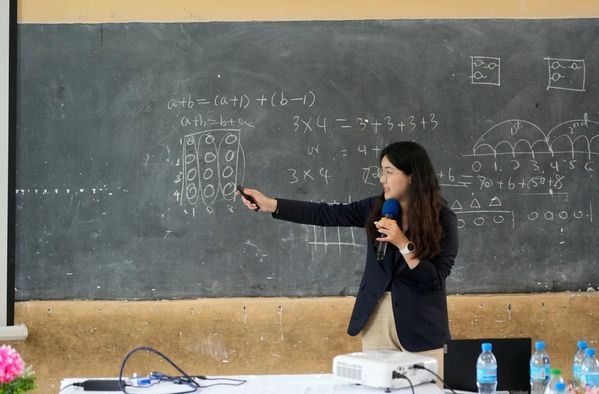
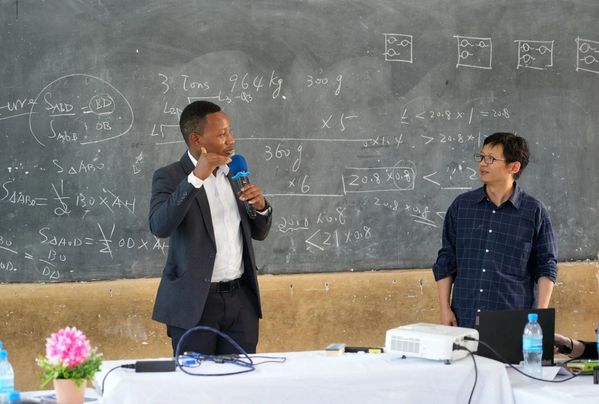

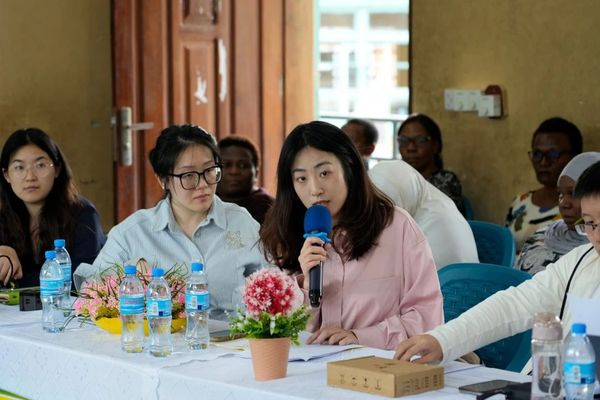
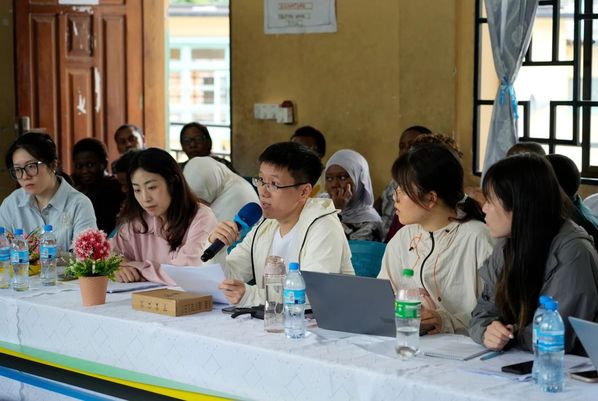
On July 17, the Volunteer Group worked at Diamond Primary School throughout the day. Zhang Minxue, a mathematics teacher from the International Department of High School Affiliated to Fudan University, taught a lesson titled Introduction to Pie Charts to students at Diamond Primary School—the first demonstration of a Shanghai mathematics class by this batch of volunteers in Tanzania. Through vivid explanations and interactions, Teacher Zhang Minxue helped students preliminarily grasp the concept of pie charts and the meaning of percentages in them. Students participated actively in the class, creating a lively atmosphere and showing strong interest in mathematics learning. After the class, Teacher Zhang Minxue gave a detailed explanation of her teaching design, delving into every link of the lesson planning, classroom implementation, and teaching adjustments. Student Zhang Yunji provided Tanzanian teachers with a detailed explanation of the rules for classroom observation forms, using practical cases to help them better understand and apply this tool. In the subsequent teaching research activities, Tanzanian teachers asked questions actively and discussed enthusiastically based on the classroom observation forms.

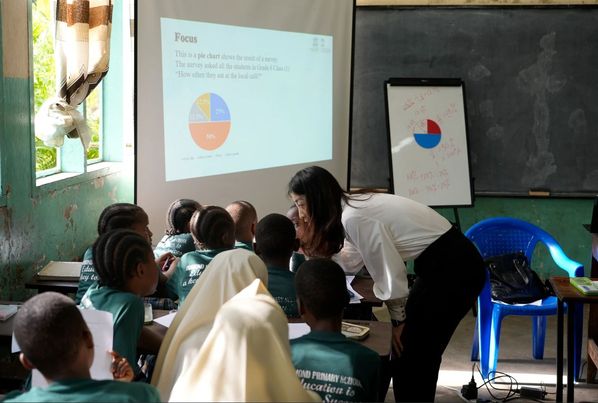

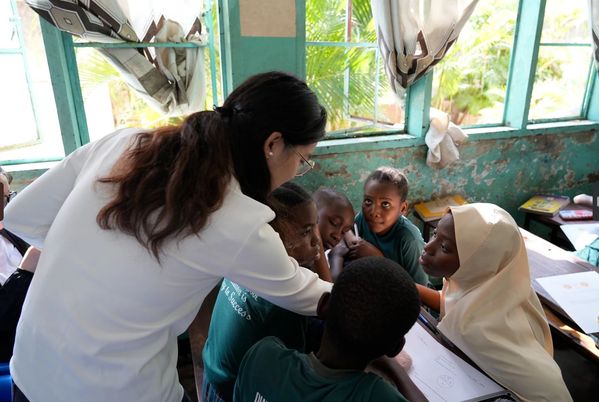
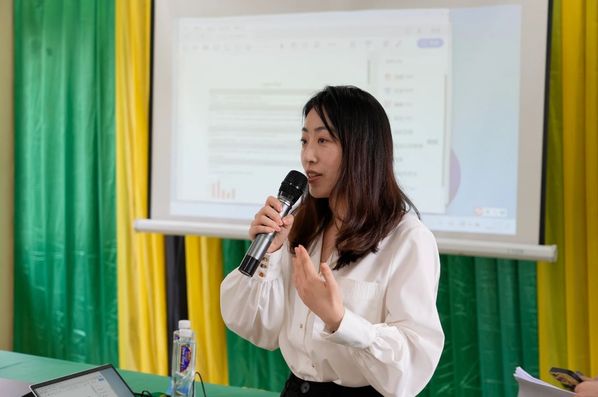

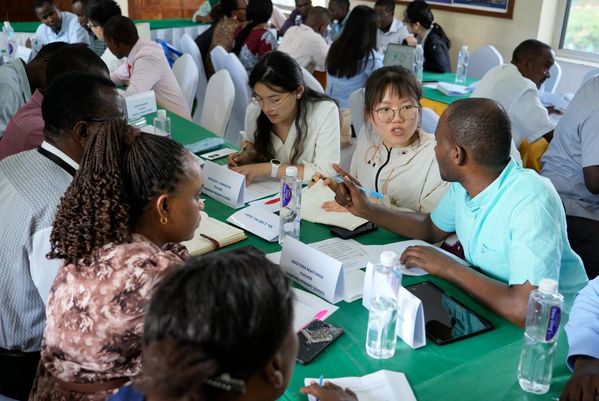
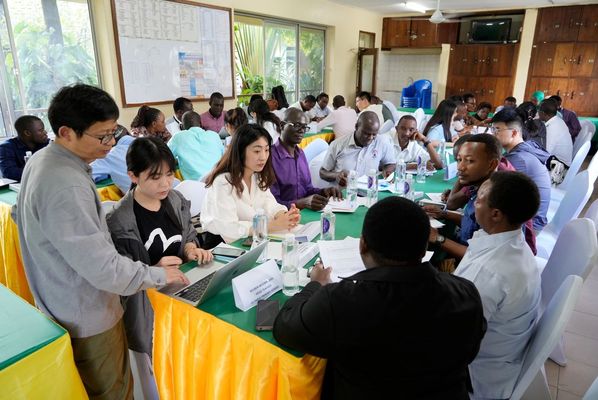
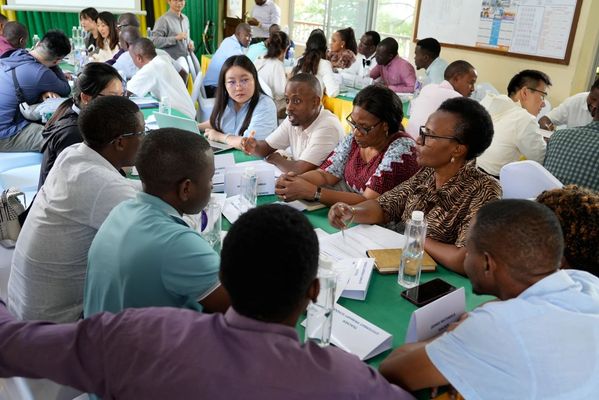
On July 18, the Volunteer Group went to the Tanzania Institute of Education (TIE) to attend the opening ceremony of this volunteer program. Dr. Aneth Komba, Director of TIE, warmly welcomed the Shanghai team from afar and emphasized in her speech the importance of cooperative exchanges between Chinese and Tanzanian teachers. She expressed hope that this exchange would encourage more local schools to invest in building an in-service teacher professional development system.
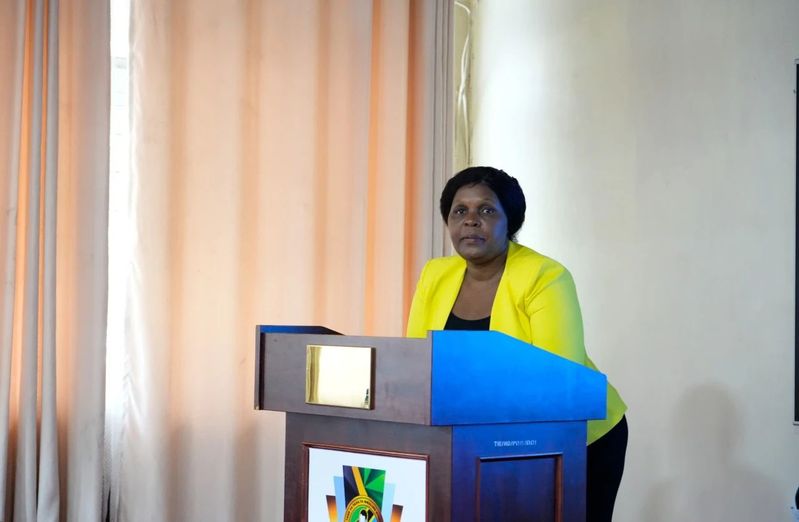
Professor Huang Xingfeng extended sincere gratitude to Dr. Komba for her welcome and to the four participating schools for their strong support.

Subsequently, Godson Lema, Acting Director of TIE, explained the current status of Tanzania’s education reform to the Volunteer Group. Principals of the four newly joined schools in the project introduced the basic situation of their schools and the current status of teaching research activities to the volunteers. Dr. Ding Ruoxi briefed the newly joined Tanzanian schools on the background, implementation, previous exchange achievements, and schedule of this phase of activities of the China-Tanzania Mathematics Teacher Professional Development Project. Cheng Jialei, Master’s Student at Shanghai Normal University, provided Tanzanian teachers with a detailed explanation of the rules for the teacher-student questionnaires distributed during this phase of the volunteer activities.



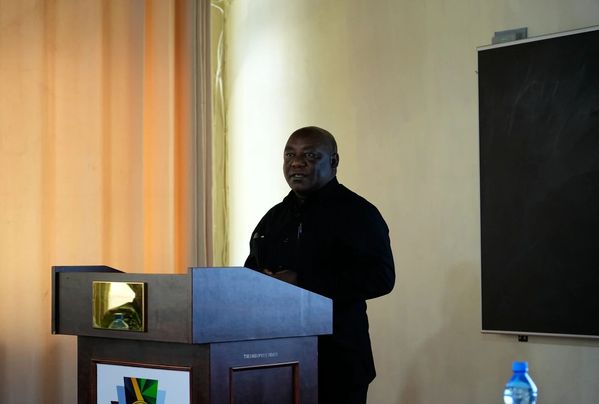


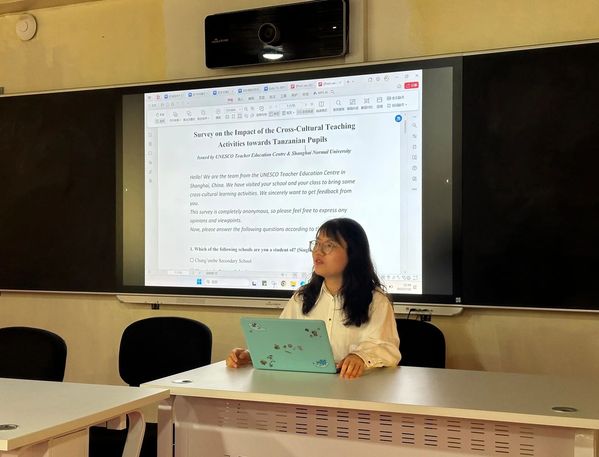

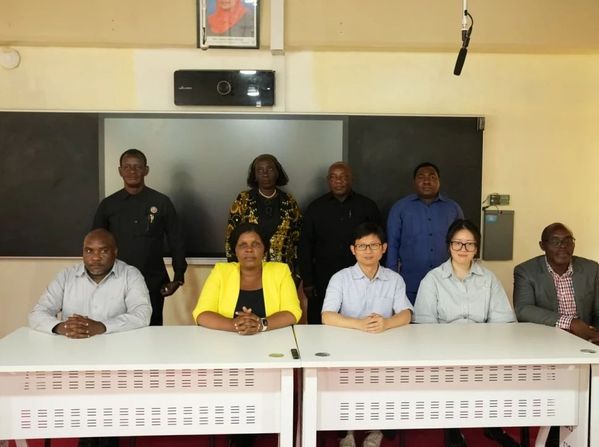
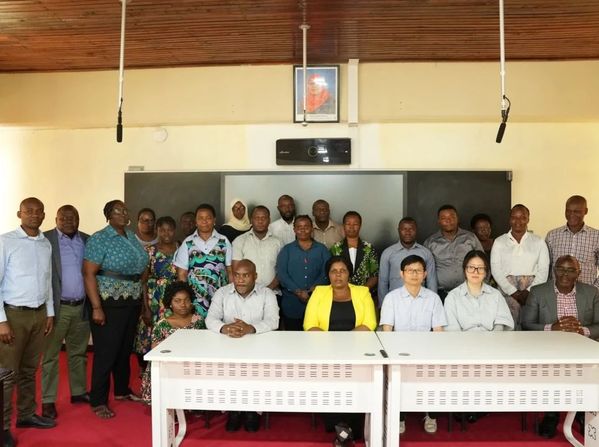
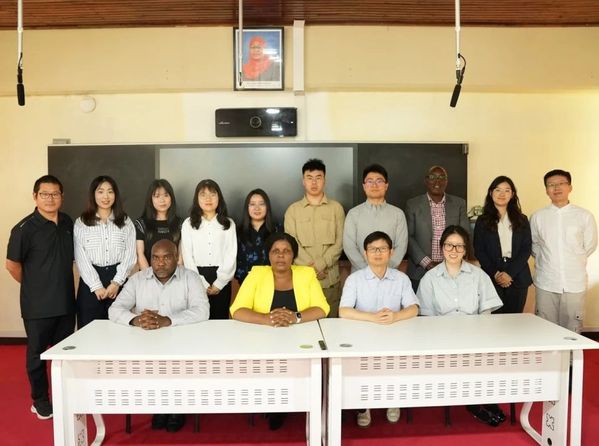

On July 19, the Volunteer Group carried out mathematics teaching and research activities at Tool Secondary School in Dar es Salaam throughout the day. First, Dr. Shen Yihua taught a lesson titled Rectangular Coordinate System: Number Pairs to students at Tool Secondary School. Through diagrams, examples, and interactive exercises, Dr. Shen helped students intuitively understand the rectangular coordinate system and its applications in daily life.



After the class, Chinese and Tanzanian mathematics teachers conducted in-depth reflections and discussions on the mathematical content taught in this lesson. Teachers specifically analyzed the essence of the content focused on by Dr. Shen in her teaching and the interactive teaching methods she used. Tanzanian teachers praised Dr. Shen’s approach of guiding students to understand mathematical concepts through practical problems, and also put forward suggestions for improvement, such as providing students with clearer teaching instructions and appropriately reducing the proportion of teacher talk in the classroom to allow students more opportunities for independent thinking and expression. These feedbacks and suggestions provided valuable references for teachers from both sides to further improve teaching quality.
